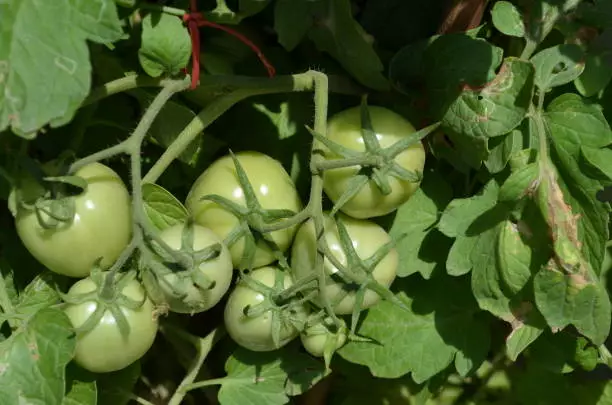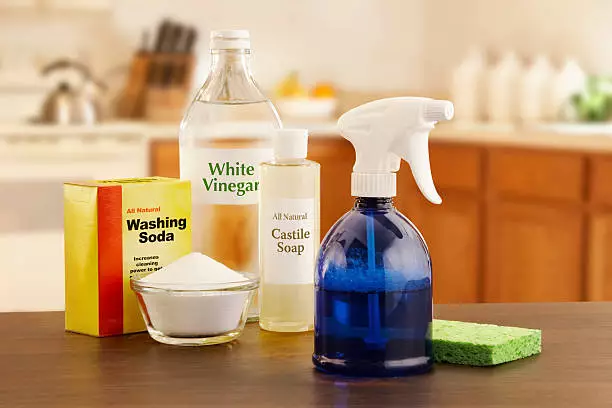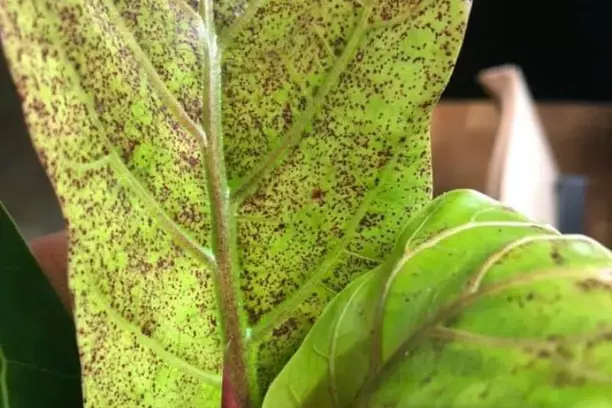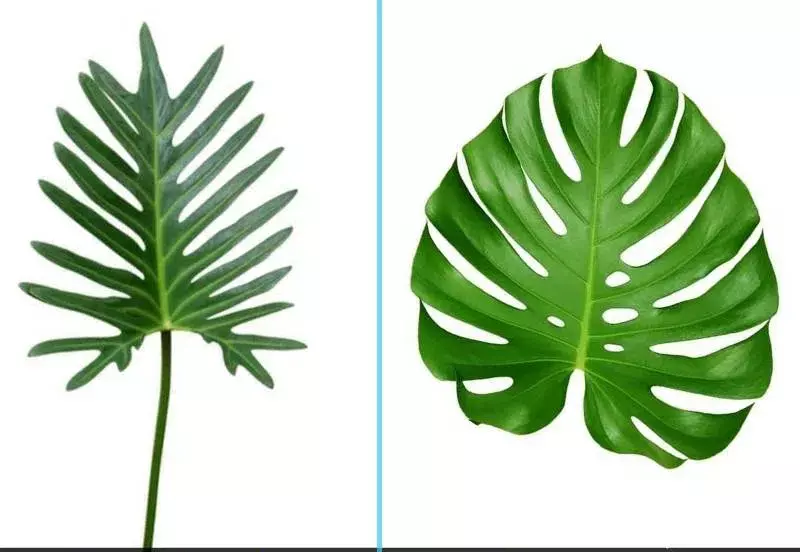A homeowner can grow a vegetable garden even if they have only a small space in their back or front yard. Even an apartment dweller can join a communal garden. Growing their own vegetables not only brings joy but plenty of savings when it comes to the grocery bill. All that’s needed is fertile soil, some fertilizer to keep the plants healthy, water, and sunlight. What are some of the best vegetables to grow?
RELATED: BEGINNER’S GUIDE TO BACKYARD GARDENING
Eggplant
Most, but not all vegetables like full sunlight and heat. Eggplant, for example, not only flourishes in the heat but likes its soil to dry out thoroughly between deep waterings. Eggplant is a member of the nightshade family and every part of the plant save the fruit is poisonous. It comes in many varieties besides the familiar glossy purple oval.
Some people buy eggplant seedlings at the nursery and plop them in the ground, which, by the way, is best done on a coolish, overcast day to minimize the shock of transplant. Other people begin eggplants indoors in flats or in individual pots and have the plants ready to transfer when the soil is at least between 55 and 60 degrees Fahrenheit.

The most common reason eggplants don’t do well is because the conditions are too cool for them. One trick to keep them bearing even as fall approaches are to pinch back new blossoms so that the plant diverts its energies into what fruit remains.
Like many other plants, eggplant likes the soil to be a bit acidic, with a pH of between 5.5 and 6.5. A heavy feeder should be fertilized every two weeks or so, though some gardeners adopt the “weakly weekly” approach. This is where they give a bit of fertilizer to the plant every week.
Eggplants grow to a bit over 2 feet tall and have a breadth of about 3 to 4 feet. The fruit should be picked when it’s no longer than 5 inches, no wider than 4 inches, and while the skin is still shiny. It should be cut with a small amount of stem still attached.
The spongy meat of the eggplant doesn’t have much of its own flavor but readily takes on the flavor of whatever it’s cooked with.
RELATED: URBAN GARDENING TIPS AND GUIDES
Tomato
The eggplant’s distant cousin in the nightshade family, the tomato also likes it hot but not too hot. Many gardeners are puzzled when the plant suddenly stops bearing in the height of the summer, especially down south. This is because temperatures above 95 degrees F sterilize the flowers. Any fruit that’s set will keep on growing, but the temperatures will need to cool off a bit before any more are produced.

Tomatoes come in even more varieties than eggplants. There are grape tomatoes, cherry tomatoes, Roma tomatoes, and beefsteaks. They can be the usual red, but they can also be green, striped, nearly black, white, orange, or yellow.
Like eggplants, tomatoes can be started indoors or bought as seedlings at the nursery. One trick gardeners use to help their tomatoes along is to pluck all but the topmost leaves off of the stem then bury the leafless stem in a trench. Roots will grow out of the stem. Like the eggplant, the soil needs to be at least 55 degrees F for the plant to do well.
Tomatoes can be determinate or indeterminate. Determinate means that the plant grows to a certain height produces all of its fruit at once then stops. Indeterminate means it produces fruit until it dies. Determinate plants are bushy and grow to about 4 feet tall, but indeterminate tomato plants sprawl like vines and can be as much as 15 feet long. Tomatoes can be supported in cages, steaks, or trellises.
Like the eggplant, the tomato is a heavy feeder, and if it’s started indoors, it should be fertilized the week before it’s put in the ground and at the same time it’s put in the ground. However, the gardener should avoid too much nitrogen and potassium when it’s time for the plant to flower. This can lead to too many leaves at the expense of flowers.
The plant should be regularly and thoroughly watered until harvest. Fruit of a plant that’s watered erratically can suffer from blossom end rot. The fruit should be picked when it’s an even red color, or when it’s evenly the color it’s supposed to be. Of course, tomatoes can be picked when they’re unripe and left to ripen on a windowsill. It is a good idea to pick unripe tomatoes when the temperature starts creeping up into the 90s.
Final thoughts
The tomato and eggplant aren’t the only vegetables that can be grown in a home garden. Others include okra, a relative of the hibiscus with a beautiful, pale yellow flower, cucumbers, zucchini and other squash, peppers and corn. Cooler season crops include kale and other brassicas, lettuce, peas and spinach.



